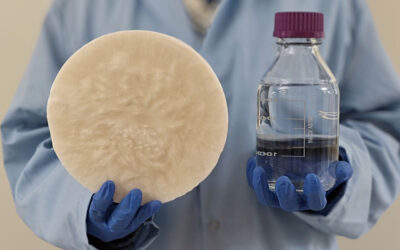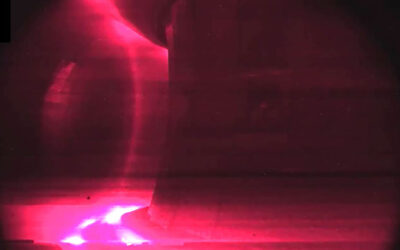Over the past few years, thin-film solar cells based on organic-inorganic lead trihalide peroveskite absorbers have experienced an unexpected breakthrough and rapid progress in cell performance. Thin-film solar cells with efficiencies up to 16% can be fabricated using low-cost and low temperature solution processes. Trihalide perovskite absorbers have also been found to exhibit several superior photovoltaic (PV) properties such as high optical absorption, long electron-hole diffusion length, and high open-circuit voltage.
However, despite the rapid progress on efficiencies, the fundamental reasons why halide perovskites exhibit superior PV properties have not been well understood. Now, through systematical theoretical studies, a research group has uncovered the unique structural, electronic, optical, and defect properties of halide peroveskites. They showed that these unique properties are responsible for the superior PV properties and make the halide perovskites better candidates for thin-film solar cell applications as compared to today’s main stream thin-film solar cell absorber materials such as CdTe and Cu(In,Ga)Se2.
















